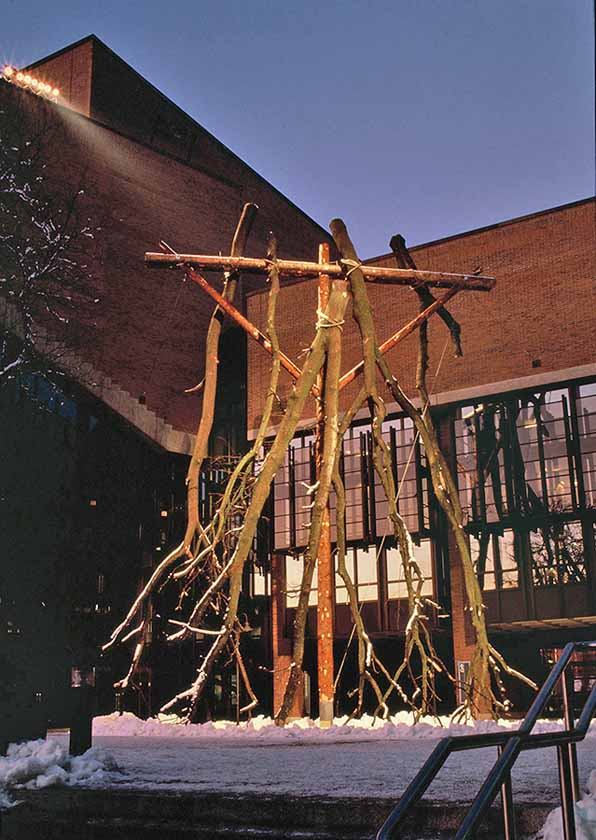Schrebergärtens
Schrebergärtens are crucial to the preservation of green spaces within and around urban regions. Schrebergärtens were traditionally used as small farming lands and temporary housing for the poor during the Industrialization era (Lorbek and Martinsen 2015, S103). These land plots eventually became green spaces that were marketed specifically towards children by doctor Schreber from Leipzig, Germany in the early 1800’s, of which he believed would benefit children’s personal growth (Grenier 2018). Schrebergärtens were named after doctor Schreber in respect of his visions for allotment gardens (Grenier 2018). During the time periods both during and after World War 1 and 2 and Germany’s financial downfall, Schrebergärtens became temporary housing and farming options (Lorbeck and Martinsen 2015, S104).
Today, Schrebergärtens are regulated by the Bundeskleingartengesetz (Grenier 2018). This organization oversees the individuals responsible for their respective Schrebergärten and the maintenance of the property. An example of the garden maintenance includes that at least one third of the garden must be dedicated to the cultivation of fruits and vegetables and sheds on the garden plots may not be used as a residential space (Grenier 2018). Though these rules may seem strict, there are to protect the purpose of Schrebergärtens, which is to provide urban populations with protected green spaces. There are over 1 million Schrebergärtens in Germany and over five million different caretakers for these properties, which can be attributed to the histroical and modern successes of the Schrebergärtens in Germany (Lorbek and Martinsen 2015, S104).
I am not confident in the idea that Schrebergärtens could be used within the United States with the same success as they have in a German context. I think it would be very difficult for property owners to give up their land outside of cities to the government to be used as protected land when that land would more than likely have high property value. This land could become highly valued investment properties for potential suburbs and industries. Another strong argument against Schrebergärtens would be the existence of national parks and other already federally protected land spaces around the United States. The push of tourism towards national parks may be a cheaper and more time-friendly option over Schrebergärtens.
I think there is a possibility, however, that Schrebergärtens could be successful in less populated areas with limited industrialization. This not only would help sustain rural economies by promoting tourism but would also encourage spending time in natural green spaces, making them a more vital resource to the United States. Although I do not see Schrebergärtens becoming a success in America, I do believe the idea and intentions of urbanized green spaces may work well in less populated communities with naturally green environments and may increase the appreciation of untouched ecosystems hidden within the United States.
Resources
Grenier, Elizabeth. 2018. “A brief guide to German colonies.” Deutsche Welle, May 30, 2018. https://www.dw.com/en/a-brief-guide-to-german-garden-colonies/a-39133787.

